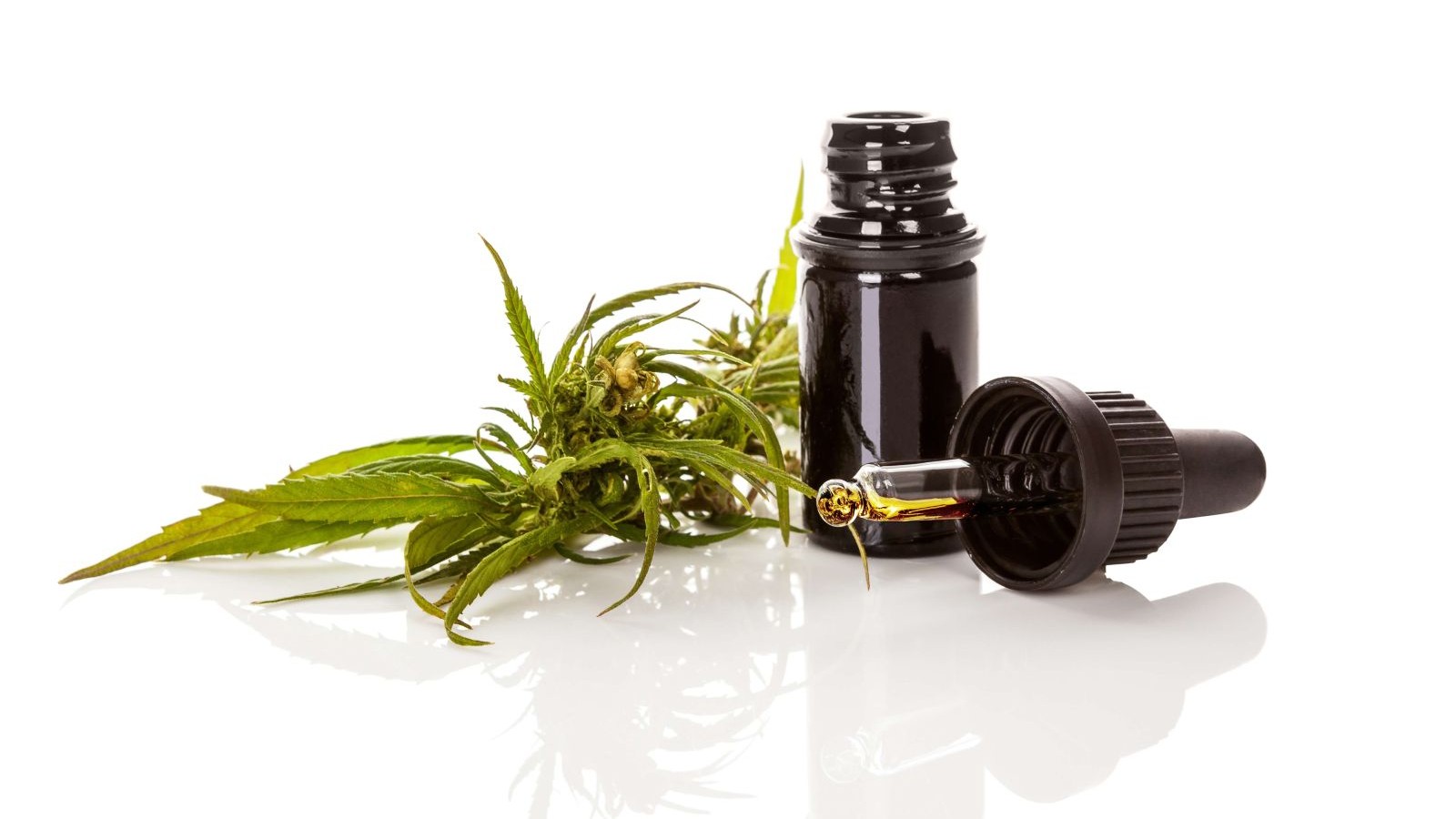Who We Are
HE.CA.GEN. is a newly formed, pharmaceutical company based in Northern Greece. The company brings together a dynamic team of passionate experts, specializing in cultivating and processing high-quality pharmaceutical cannabis strains.
What We Do
High-purity pharmaceutical cannabis production through a precisely controlled, indoor hydroponics cultivation system.
Our Mission
To create high-quality pharmaceutical cannabis products through innovative and sustainable practices, meeting the industry’s strictest quality standards. Our commitment to product quality ensures patients receive high-purity medicines, fostering improved health and well-being.
Our Vision
To pioneer research and development in the European cannabis market by forging strategic partnerships with research institutes, healthcare academics, and professionals. Through our focus on R&D, we aim to revolutionize pharmaceutical cannabis and improve patient outcomes.

OUR FACILITY
Building a Foundation forPharmaceutical Excellence
Purpose-built to meet the highest pharmaceutical and agricultural standards for medical cannabis production.
Every element is designed with compliance, efficiency, and product consistency in mind.
Indoor Cultivation
Our cultivation takes place in fully enclosed, climate-controlled indoor growing rooms, designed for maximum environmental precision and biosecurity. Each room is equipped with advanced HVAC systems, programmable LED lighting, and fertigation infrastructure to maintain optimal conditions across all growth stages. This setup enables consistent, year-round production while supporting strain-specific protocols and pharmaceutical-grade compliance under GACP standards.
Manufacturing
Post-harvest processes are centralized within a dedicated manufacturing zone designed to meet EU-GMP standards. From drying and trimming to extraction and formulation, our integrated layout ensures seamless product flow, traceability, and contamination control. Each workflow is designed for operational efficiency and pharmaceutical compliance.
Quality Control
Quality Control is embedded throughout every phase of production. Our facility features a dedicated QC lab for analytical testing, environmental monitoring, and batch validation. In-process checks, robust documentation practices, and adherence to internationally recognized protocols ensure that every product meets strict quality and safety specifications.
Indoor Cultivation
Our cultivation takes place in fully enclosed, climate-controlled indoor growing rooms, designed for maximum environmental precision and biosecurity. Each room is equipped with advanced HVAC systems, programmable LED lighting, and fertigation infrastructure to maintain optimal conditions across all growth stages. This setup enables consistent, year-round production while supporting strain-specific protocols and pharmaceutical-grade compliance under GACP standards.
Manufacturing
Post-harvest processes are centralized within a dedicated manufacturing zone designed to meet EU-GMP standards. From drying and trimming to extraction and formulation, our integrated layout ensures seamless product flow, traceability, and contamination control. Each workflow is designed for operational efficiency and pharmaceutical compliance.
Quality Control
Quality Control is embedded throughout every phase of production. Our facility features a dedicated QC lab for analytical testing, environmental monitoring, and batch validation. In-process checks, robust documentation practices, and adherence to internationally recognized protocols ensure that every product meets strict quality and safety specifications.
OUR PRODUCTS
Therapeutic Cannabis Products
Engineered for Impact
Cannabis Dried Flower
Pharmaceutical grade cannabis flower grown under GACP protocols, trimmed, and processed to meet pharmaceutical consistency.
Cannabis Oil Extracts
Formulated tinctures from premium distillates produced under controlled conditions consumed in different dosage forms.
Cannabinoid APIs
Pharmaceutical grade isolates developed to meet EU-GMP standards and medical dosage accuracy.


RESEARCH & DEVELOPMENT
R&D at the forefront of novel products development
At HECAGEN, research is not a side effort, it’s the foundation of our vision. In collaboration with the Institute of Plant Breeding and Genetic Resources (IPBGR) of ELGO DIMITRA, our R&D program is focused on building scientific insight and technological precision into every step of the cannabis lifecycle.
Scientific Partnership with ELGO DIMITRA
Our R&D program is currently hosted within ELGO DIMITRA’s facilities, bringing together agronomic science, regulatory knowledge, and applied cannabis research under one roof. This collaboration anchors our work in public research excellence and long-term scientific integrity.

Phenohunting and Genetics
Through targeted phenohunting protocols, we are identifying unique chemotypes, cannabinoid and terpene profiles suited for therapeutic application and stability under pharmaceutical growing conditions.

Commercialization of Standardized Cultivars
The goal of our R&D efforts is not just exploration, it’s conversion into real, compliant, pharmaceutical-grade products. From agronomy to IP development, every data point contributes to commercial viability.







CONTACT
Interested in our process?
Get in touch
We welcome inquired from prospective partners, investors, and healthcare professionals interested in learning more about our operations and vision.


This website is intended for informational purposes only and is not intended to promote or advertise cannabis products in jurisdictions where such activities are restricted or prohibited.
Get in touch
Offices:
99 Tsimiski Str. Office 26, 546 22, Thessaloniki, Greece
info@hecagen.com
+30 2310 227 535
Facility:
Plot No. 57, Zacharato, Kilkis, Greece
© 2025 HE.CA.GEN. All rights reserved



